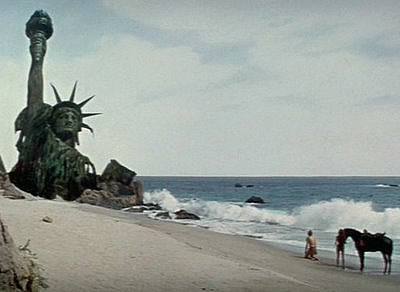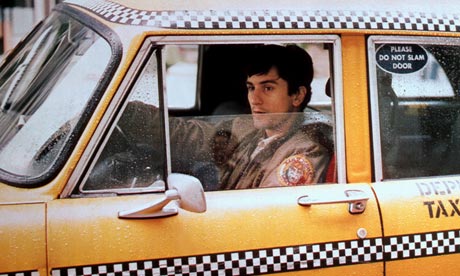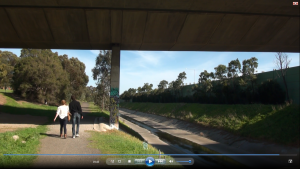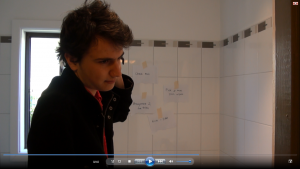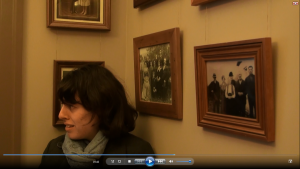When asking us about our initial ideas in class on Thursday, Rohan asked us “Who wants to use slow motion?”, and just about 100% of the class put their hands up. After explaining to us how to go about doing that (something to do with frame rates, resolution and camera types), I have to say I was completely turned off it. The technicalities of cinematography are not my specialty.
Having said that, Rohan also asked us if any of us were aiming to get our work on Rage or a similar television music show, and he observed quite rightly that the amount of hands raised was about the same (basically all of us). And if you watch Rage, or V-Hits, or The Loop, you do see quite a lot of slow-mo.
Which makes sense, really. Because a music video clip is not just a short film with a soundtrack; it’s a video in which the music is the focus, so it makes sense to try to use as many cinematic techniques as you can to play around with rhythm. Editing that matches the beat, differing frame rates and physical movement of the camera are all ways in which music video producers aim to evoke the rhythm of the track within the clip. It seems slow motion is a favourite. It’s not necessarily a case of matching the action to the music exactly, so much as it’s about creating a considered sense of rhythm and timing that is kind of musical in and of itself. Also, as many video clips don’t follow a narrative but focus instead on imagery and aesthetics, slow motion can create interesting visual dynamics that are engaging and add to the piece’s overall appeal.
As usual, my constant exposure to V-Hits means I have a strong opinion about this, so I’ve decided to highlight two examples of slow-motion video clips that are popular at the moment; one that I like and one that I’m not such a fan of.
Okay so I’m back – I went to have a look for some slow-mo videos and after getting lost in someone’s Best of 2014 playlist and watching the entire trailer for Sisters (which I have to say looks pretty disappointing from the comedic fempire) I discovered many videos that use slow-mo in some capacity, but none that I could actually say I liked. Taylor Swift uses it to show off her famous friends in Bad Blood, One Direction uses it in Drag me Down to make you believe they might actually be astronauts and whoever directed Good For You uses it to sexually objectify Selena Gomez even more than that song does.
But top marks go to Vance Joy’s Fire and the Flood.
I love this song to bits, which may be exactly why I hate the video so much. I find the let’s-film-something-cool-in-slow-mo-and-reverse-it technique a little bit of an artistic wank (‘scuse my French); it doesn’t match the tone or narrative of the song at all and, to me at least, seems to be trying too hard to be artistic and aesthetically pleasing where in reality it’s a bit of a cliché. But hey, that’s just one girl’s opinion. If my research has taught me anything it’s that slow mo is not my personal preference, so when you combine that with how difficult it is to film I think I might be avoiding it, thank you very much.
